#Frieda Inescort
Photo



#P&P 1940#Pride and Prejudice 1940#Jane Austen#Mr.Darcy#Elizabeth Bennet#Caroline Bingley#Laurence Olivier#Greer Garson#Frieda Inescort#Pride and Prejudice
443 notes
·
View notes
Text
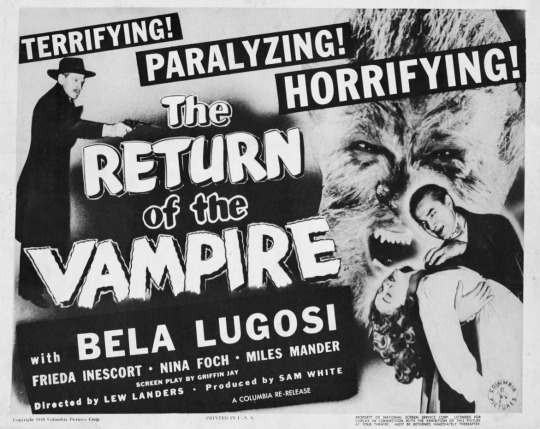
The Return of the Vampire (1943)
#the return of the vampire#bela lugosi#frieda inescort#nina foch#matt willis#1940s horror#1940s movies#1943#lew landers#classic horror
38 notes
·
View notes
Text

The Return Of The Vampire 1943
10 notes
·
View notes
Text
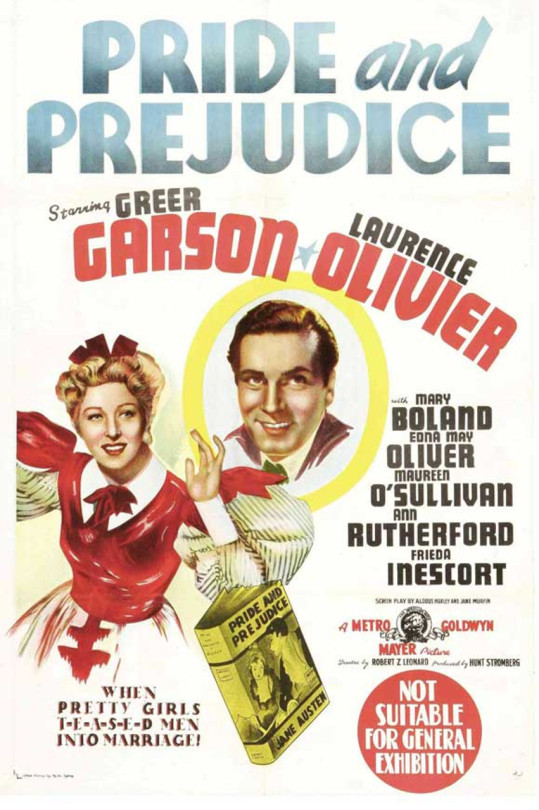
#Pride and Prejudice#Greer Garson#Laurence Olivier#Mary Boland#Edna May Oliver#Maureen O'Sullivan#Ann Rutherford#Frieda Inescort#Robert Z. Leonard#1940
3 notes
·
View notes
Text
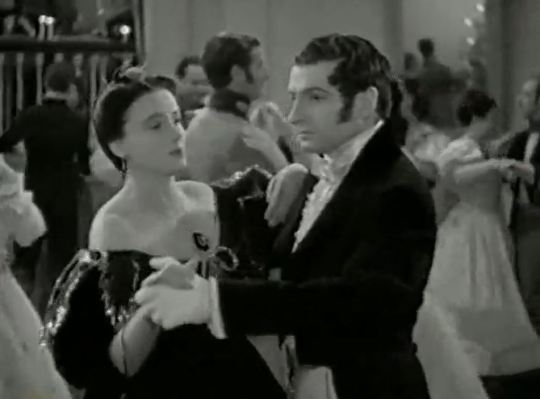
Caroline Bingley (Frieda Inescort) and Mr. Darcy (Laurence Olivier) sharing a waltz at the Netherfield Ball. The previous year, Olivier played Heathcliff in Wuthering Heights. There is a waltz scene in that movie where the scandalous nature of the dance is discussed. By the 1830s the waltz was pretty well accepted throughout England, but was still considered indecent in Jane Austen's time.
8 notes
·
View notes
Text

Frieda Inescort (June 29, 1901 – February 26, 1976)
7 notes
·
View notes
Photo


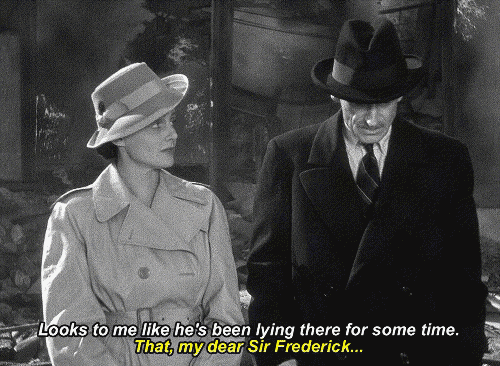

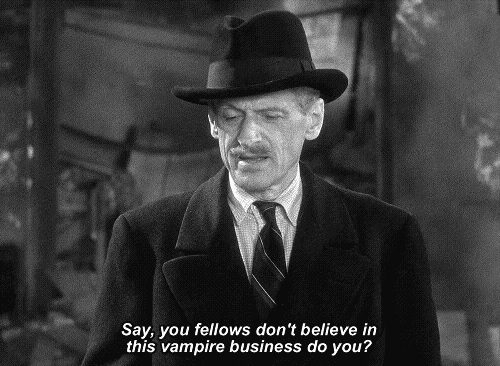
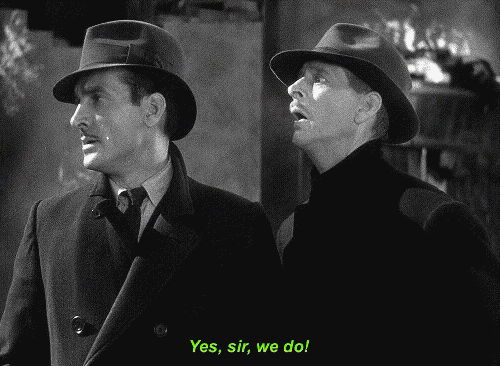
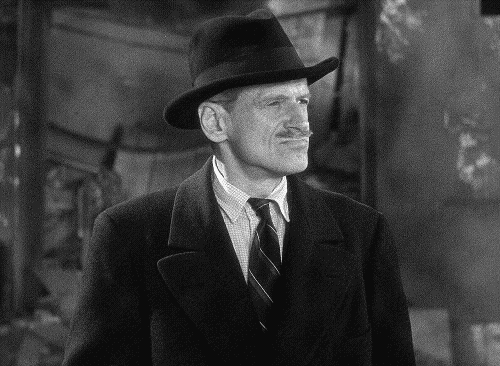
The Return of the Vampire (1943)
Columbia Pictures
Dir. Lew Landers
Frieda Inescort as Lady Jane Ainsley
Miles Mander as Sir Fredrick Fleet
Leslie Denison as Detective Lynch
William Austin as Detective Gannett
19 notes
·
View notes
Audio
If you had a traumatic past that was repressed in your memory, would you want to be told? From director Roy Del Ruth comes THE ALLIGATOR PEOPLE (1959), starring Beverly Garland, Richard Crane and Lon Chaney Jr!
Context setting 00:00; Synopsis 14:57; Discussion 27:41; Ranking 47:31
#podcast#the alligator people#roy del ruth#beverly garland#bruce bennett#lon chaney jr#george macready#frieda inescort#richard crane#douglas kennedy#orville hampton#charles o'neal#robert fresco#jack leewood#karl struss#harry gerstad#irving gertz#20th century fox#horror#Classic Horror#return of the fly
6 notes
·
View notes
Text
Return of the Vampire 1943
Bela Lugosi










Unofficial follow-up to the 1931 Dracula movie. The movie was produced by Columbia Pictures and not Universal. This is the last time Lugosi was to receive top billing by any major Hollywood Studio.
2 notes
·
View notes
Text
The She-Creature
The She-Creature – an evil hypnotist regresses a beautiful young woman to her prehistoric form – and uses the creature for murder!
(more…) “”

View On WordPress
#1956#Cathy Downs#Chester Morris#Frank Jenks#Frieda Inescort#hypnosis#Jack Mulhall#Kenneth MacDonald#Luana Walters#Paul Dubov#Tom Conway#William Hudson
3 notes
·
View notes
Text

The Return of the Vampire (1943)
#classic#series#black and white#1940s#vampire#lew landers#bela lugosi#frieda inescort#nina foch#miles mander
2 notes
·
View notes
Text

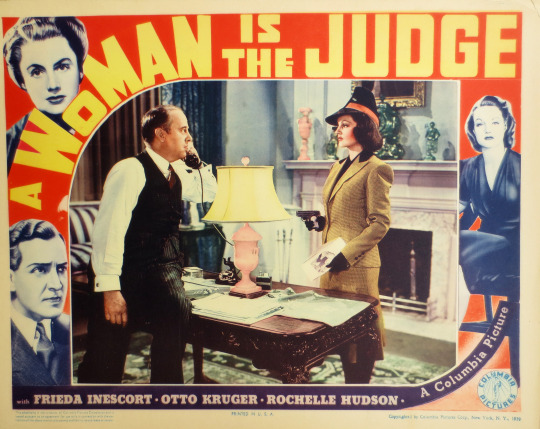


A Woman is the Judge (1939) Nick Grinde
March 24th 2024
#a woman is the judge#1939#nick grinde#rochelle hudson#frieda inescort#mayo methot#otto kruger#arthur loft#gordon oliver#beryl mercer
1 note
·
View note
Text


The Return of the Vampire (1943) - VHS Cover
#the return of the vampire#bela lugosi#frieda inescort#miles mander#nina foch#matt willis#1943#1940s movies#lew landers#classic horror#vhs#vhs cover
52 notes
·
View notes
Text
26 febbraio … ricordiamo …
26 febbraio … ricordiamo …
#semprevivineiricordi #nomidaricordare #personaggiimportanti #perfettamentechic
2022: Claudio Carafoli, attore teatrale e regista teatrale italiano. La sua carriera ha attraversato sia il teatro che il cinema. Ha scritto e diretto diverse produzioni, collaborando spesso con il Teatro Eliseo di Roma. Alcuni suoi cortometraggi hanno segnato l’esordio di talenti come Valerio Mastandrea ed Edoardo Pesce. (n. 1941)
2020: Michael Medwin, attore e produttore cinematografico…

View On WordPress
#26 febbraio#Andrea Garinei#Ben Cooper#Claudio Carafoli#Constance Ford#conte Tullio Carminati de Brambilla#Dale Robertson#Dayle Lymoine Robertson#Ernestine Jane Geraldine Russell#Fernand-Joseph-Désiré Contandin#Fernandel#Frieda Inescort#Frieda Wrightman#Giacomo Francesco Carmine Rondinella#Giacomo Rondinella#Harry Bannister#Mario Mattoli#May Mersch#Michael Medwin#Morti oggi#Peggy Hamilton#Ricordiamo#Stefan Lisewski#Tullio Carminati#Tullio Carminati de Brambilla
0 notes
Text

#NoirCity21 opens this Friday, Jan 19, 7:30 PM at Oakland's Grand Lake Theatre with our newest restoration project NEVER OPEN THAT DOOR. Eddie Muller will be signing his books up in the mezzanine, 6pm-7pm. Tix: http://NoirCity.com
Restoration performed by UCLA Film & Television Archive.
Program notes follow.
FRIDAY, JANUARY 19:
7:30
World Premiere FNF Restoration!
NEVER OPEN THAT DOOR | NO ABRAS NUNCA ESA PUERTA
Argentina, 1952. Estudios San Miguel. 85 minutes
Screenplay by Alejandro Casona, from two short stories by Cornell Woolrich (William Irish)
Produced and directed by Carlos Hugo Christensen
More noir films have been based on the stories of Cornell Woolrich than any other writer, and NOIR CITY is proud to present this brand-new restoration of one of the best of those adaptations. In “Someone’s on the Phone,” Ángel Magaña plays a man bent on avenging the death of his sister, driven to suicide by gambling debts. In “The Hummingbird Comes Home,” Roberto Escalada portrays a racketeer who brings the gang to his boyhood home to lay low after a robbery. His blind madre doesn’t approve. Originally a three-part anthology of Woolrich tales, Never Open That Door was released separately from the 73-minute If I Should Die Before I Wake, also adapted by Casona and Christensen. Benefitting from the incredible cinematography of Pablo Tabernero, this is one of the most evocative realizations of Woolrich ever produced, featuring masterful sequences of sustained suspense. Said Buenos Aires film critic Horacio Bernades, “Rarely has an Argentine film been more purely cinematic than this.”
CAST: Someone on the Phone: Ángel Magaña (Raúl), Renée Dumas (Luisa), Diana de Córdoba (Nelly), Nicolás Fregues (money lender), Pedro Fiorito, Orestes Soriani, Percival Murray, Rosa Martín , Arnoldo Chamot. The Hummingbird Comes Home: Roberto Escalada (Daniel), Ilde Pirovano (the mother), Norma Giménez (María), Luis Otero (Juan)
9:30
STREET OF CHANCE
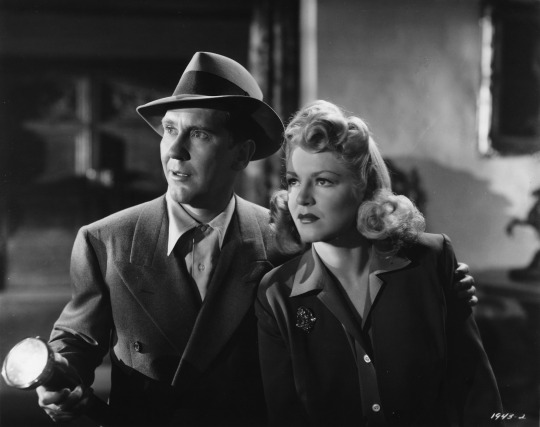
United States, 1942. Paramount [Universal]. 74 minutes
Screenplay by Garrett Fort, based on the novel The Black Curtain by Cornell Woolrich
Produced by Burt Kelly. Directed by Jack Hively
The first case of amnesia in the film noir era comes with a typically intriguing Woolrichian twist. Frank Thompson survives a near fatal accident only to have the shock partially restore his memory! He realizes he’s lived the past several years as someone other than his true self. With the help of his incredulous girlfriend Ruth, Frank embarks on a nocturnal quest to determine his true identity. This modest offering from the B-unit at Paramount benefits from some A-list contributors, principally stars Burgess Meredith and Claire Trevor, and director of photography Theodor Sparkuhl, whose contributions to the look of early ’40s noir have gone largely unheralded. A wonderful gallery of supporting characters skitter and sneak through Frank’s waking nightmare, well rendered by journeyman director Jack Hively who had previously helmed many entries in RKO’s mystery series The Saint.
CAST: Burgess Meredith (Frank Thompson), Claire Trevor (Ruth Dillon), Louise Platt (Virginia Thompson), Sheldon Leonard (Joe Marucci), Frieda Inescort (Alma Diedrich), Jerome Cowan (Bill Diedrich), Adeline deWalt Reynolds (Grandma Diedrich), Arthur Loft (Sheriff Stebbins), Clancy Cooper (Burke), Ann Doran (Miss Peabody), Paul Phillips
#film noir#eddie muller#noir city#noir city 21#film noir festival#film restoration#don't open that door#street of chance#cornell woolrich
6 notes
·
View notes
Text
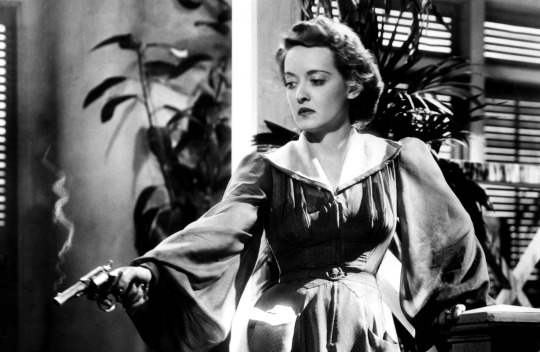
Bette Davis in The Letter (William Wyler, 1940)
Cast: Bette Davis, Herbert Marshall, James Stephenson, Frieda Inescort, Gale Sondergaard, Bruce Lester, Elizabeth Inglis, Cecil Kellaway, Victor Sen Yung, Doris Lloyd, Willie Fung, Tetsu Komai. Screenplay: Howard Koch, based on a play by W. Somerset Maugham. Cinematography: Tony Gaudio. Art direction: Carl Jules Weyl. Film editing: George Amy, Warren Low. Music: Max Steiner.
As Tony Gaudio's camera travels across the Malayan rubber plantation we hear shots being fired, and as we track closer we see Leslie Crosbie (Bette Davis), coming down her front steps with a grimly determined look on her face, firing the remaining bullets from her revolver into a man on the ground. And we sit back and relax and think, "Oh, yeah, Bette's here. This is gonna be good." Davis is one of the few stars who can almost always make us feel this way -- maybe Cary Grant or Barbara Stanwyck for me -- who else for you? And it is good, perhaps the best of the three films Davis made with William Wyler. For me, Jezebel (1938) is too steeped in the Hollywood Old South myth, and The Little Foxes (1941) too hamstrung by Lillian Hellman's dramaturgy. This one has a very fine screenplay by Howard Koch that deftly steps on and around the restrictions placed on it by the Production Code. For one thing, Leslie has to be punished for her crime, which involves not only murder but also, with the help of her lawyer, Howard Joyce (James Stephenson), suborning justice. (Joyce somehow gets off scot-free, though with an embittered conscience.) Wyler got a bad rap from the auteur critics like Andrew Sarris, who found his technical skills insufficiently personal. But we see something of Wyler's daring early in the film as Leslie is recounting her version of why she shot Geoffrey Hammond to her lawyer, her husband (Herbert Marshall), and a government official (Bruce Lester) who has been called to the scene. Wyler chooses to shoot a long segment of Leslie's story with the backs of Leslie and the three men to the camera: We don't see their faces, but only the room where the initial shooting took place. The effect, relying heavily on Davis's voice acting and Koch's script, is to place Leslie's narrative -- which as others comment rarely varies by a word -- in our minds instead of the truth. It is, for Davis, a splendidly icy and controlled performance. The major fault in the film today is in the condescension toward Asian characters typical of Hollywood in the era, though it's not as bad perhaps in 1940 as it would be after Pearl Harbor a year later. We learn that Hammond had a Eurasian wife (the Code-enforced substitute for the Chinese mistress of W. Somerset Maugham's 1927 play), and in 1940s Hollywood "Eurasian" invariable meant "sinister," especially when she's played by Gale Sondergaard. The other Asians in the film are treated as subordinates, including Joyce's Chinese law clerk, Ong Chi Seng (Victor Sen Yung), who is all smiles and passive aggressiveness. That we are expected to share in this colonialist order of things is especially apparent when Leslie is forced to deliver the payment for the incriminating letter to Mrs. Hammond, who lords it over Leslie, making her remove her shawl to bare her head and to place the money in her hands; then Mrs. Hammond drops the letter on the floor, making Leslie pick it up. If today we cheer at Mrs. Hammond's abasement of Leslie, who after all killed her husband, you can bet that 1940s audiences, or at least the white ones, didn't.
4 notes
·
View notes